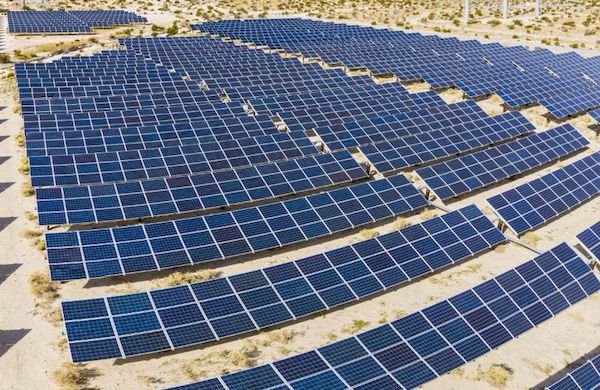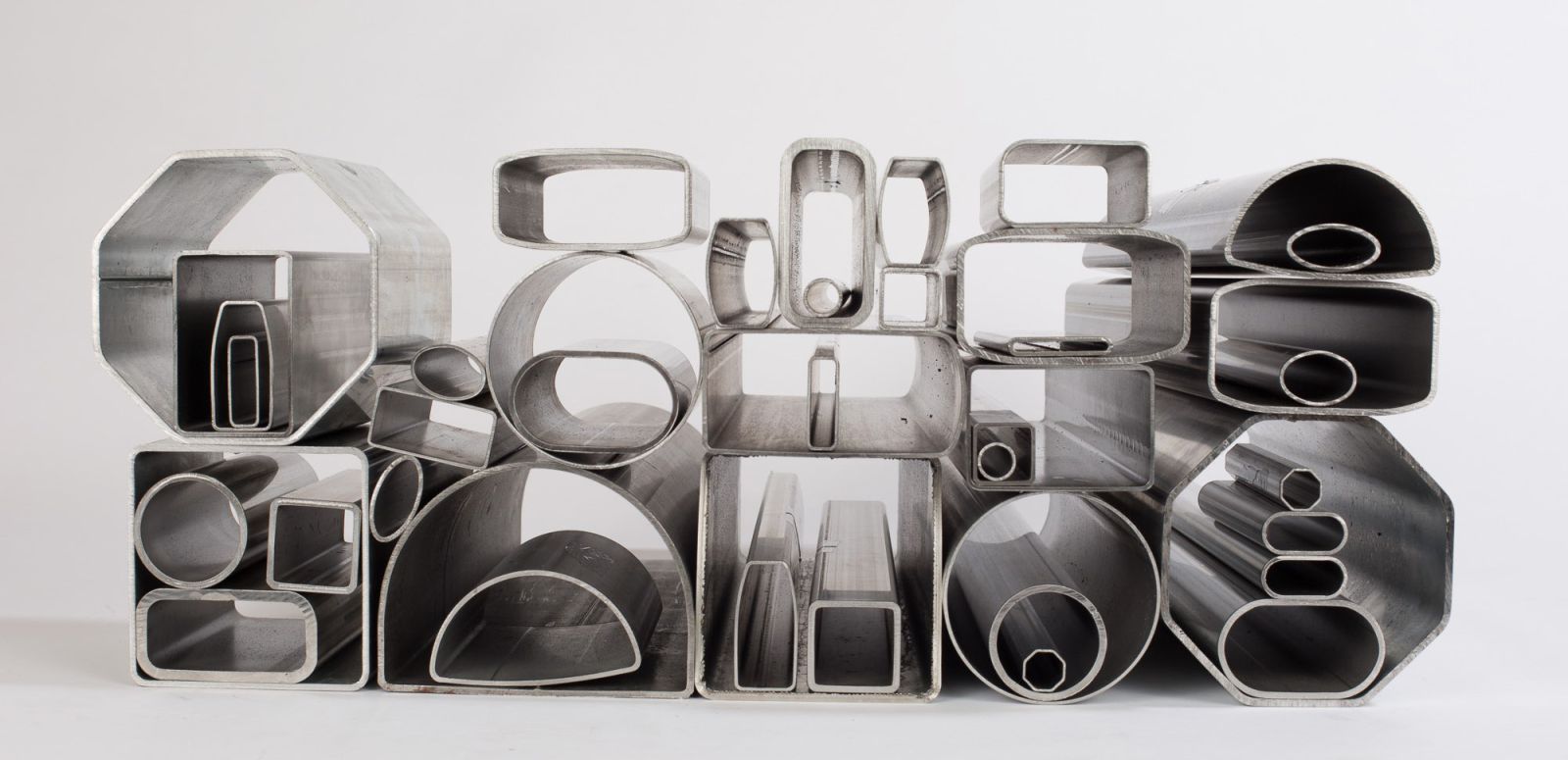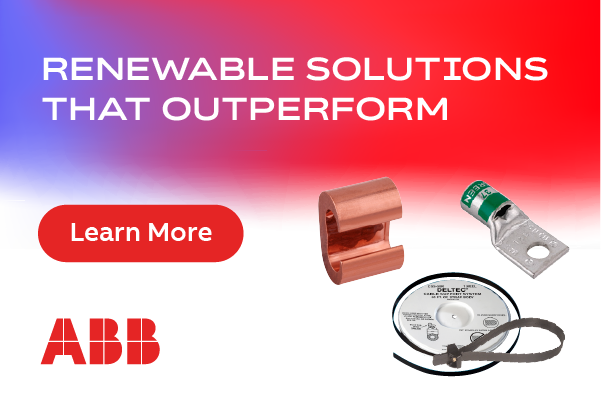U.S. Tube Mills Evolve to Meet the Quality and Product Demands of the Growing Solar Industry
 The solar industry is the fastest growing resource for renewable energy in the world. The increase in affordability and demand during the past decade has positioned the industry on a trajectory for unprecedented growth in the years to come. Notably, states like Texas, Florida, New York, and California are at the forefront of this expansion. While both residential and commercial solar power sectors are growing, commercial installations are seeing a more rapid increase. Presently, the average year-over-year growth for the solar industry in the United States exceeds 20 percent, requiring vital suppliers to adapt to meet quality, volume, and product demands.
The solar industry is the fastest growing resource for renewable energy in the world. The increase in affordability and demand during the past decade has positioned the industry on a trajectory for unprecedented growth in the years to come. Notably, states like Texas, Florida, New York, and California are at the forefront of this expansion. While both residential and commercial solar power sectors are growing, commercial installations are seeing a more rapid increase. Presently, the average year-over-year growth for the solar industry in the United States exceeds 20 percent, requiring vital suppliers to adapt to meet quality, volume, and product demands.
Among those suppliers are America’s steel tube mills. Steel tubing is the preferred product for the framework of commercial solar panels because of its strength, tolerance, and lifespan. As tube mills refine their products and processes for other industries, the solar industry stands to benefit equally, creating a symbiotic partnership that will bolster both industries and the US economy. In fact, 12 new tube mills have started up operations in the US in the past year. Additionally, three big US tube mills have added capacity to keep up with demand.
The need for tube mill evolution has highlighted the difference in quality between domestic and international tube mills. Domestic tube mills consistently deliver tighter tube tolerances because they have higher tube standards. It is unusual that a manufacturing process in the US is more regulated than those of say Europe. However, past quality requirements in other industries, specifically tubing for Automotive and All-Terrain Vehicle (ATV) applications which have long been foundational pillars of American manufacturing, required extremely tight tolerances, unique lengths, tube strength, and weld integrity. These requirements catalyzed advancements in U.S. mills, resulting in processes and product upgrades.
Additionally, the surge in US e-commerce that occurred in 2020 (boasting a 43 percent year-over-year growth), spurred growth in the roller conveyor industry to meet shipping demand. Further adapting tube mill manufacturing to the nuanced standards and requirements of the roller conveyor industry have given US tube mills another recent competitive edge. These high-quality requirements create tube quality that far outpaces foreign mills from Asia, South America, Africa, and the EU, with the solar industry positioned to benefit most from domestic mill enhancements.
The continuous evolution within the steel industry to produce new grades through chemical composition (which are equally strong, yet lighter in weight and more cost efficient) is good news for solar companies. The advantages are broad, and include cost savings on material and freight, improved design, and enhanced durability. This process has created several additional products that were not available in years past, including longer, lighter tubes, and special shapes.

Tube mills are also altering product sizes to increase efficiency. For example, mills now produce longer tube lengths directly off the production line, requiring fewer connectors and resulting in faster installation. This is an intangible that is difficult to quantify when negotiating contracts, but undoubtedly saves solar companies money on labor and installation. Additionally, steel tube companies have become more strategic in their implementation of mills that can provide large diameter tubing; large diameter tubing holds the specifications the solar industry requires in terms of straightness, twist, length, and dimension tolerances. Such specialty mills used to be few and far between; however, a notable increase nationwide in the number and locations of these mills benefits customers with greater product offering, improved lead times, and reduced freight costs.
Continuous improvements in galvanized coatings to guard against white and red rust are another area in which tube mills are substantially increasing the lifespan of their products. Innovation in product development of new clearcoats is a key strategy for tube mills. Within the last decade, pre-galvanized coils (that result in steel tubes galvanized on both the inside and outside of the product) have been proven to provide even more extensive protection. Another area improvement - coating durability - came from a surprising source: innovations in tube mill cleaning and clear coat application techniques. Both mill cleaning and application of clear coats has gone through noticeable changes over the last several years, becoming more efficient, thus reducing downtime, and reducing the number of defects in coats.
However, the rapid growth has unearthed challenges, notably a skilled labor shortage. A tube mill operator is historically a highly skilled, fairly uncommon and specialized profession. Training a new tube mill operator takes 2-5 years, creating a marked bottleneck in the production chain.
In essence, the flourishing solar industry has invigorated the historic steel sector, merging America’s manufacturing heritage with cutting-edge clean energy technology. This has created one of the most interesting symbiotic relationships of the 21st Century. As both industries continue to evolve, they set the benchmark for quality and innovation, symbolizing a promising future for renewable energy in the U.S.
Mark Daril is Product Manager at Lock Joint Tube, which manufactures mechanical and structural grade steel tubing for solar, automotive, fence, office furniture, health care, exercise, and more.
Lock Joint Tube | www.ljtube.com
Author: Mark Daril
Volume: 2023 November/December









.png?r=8791)


